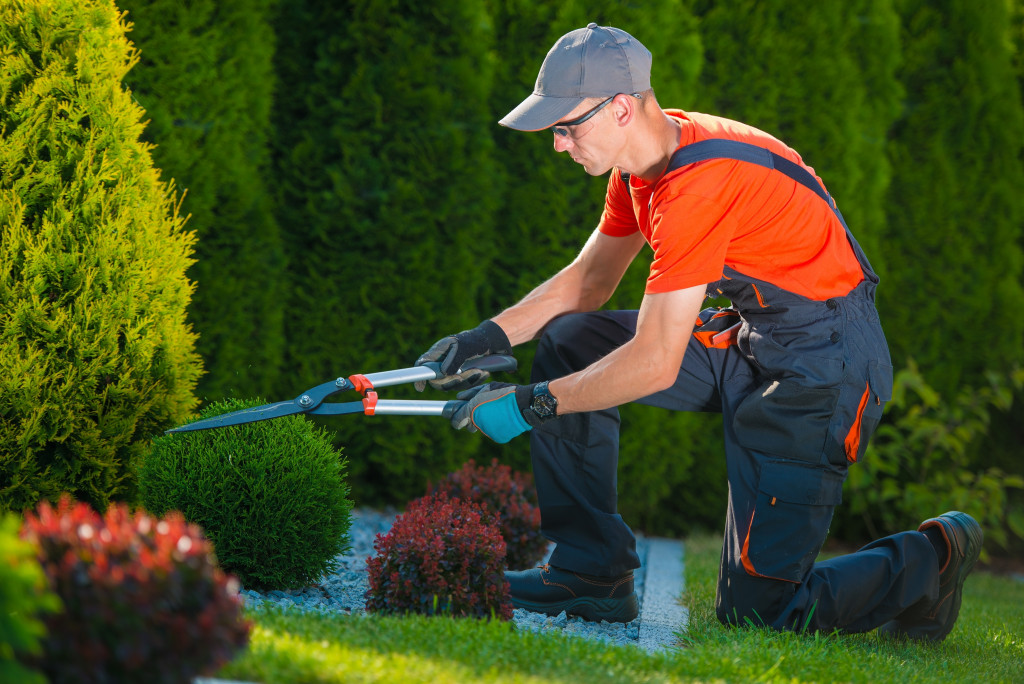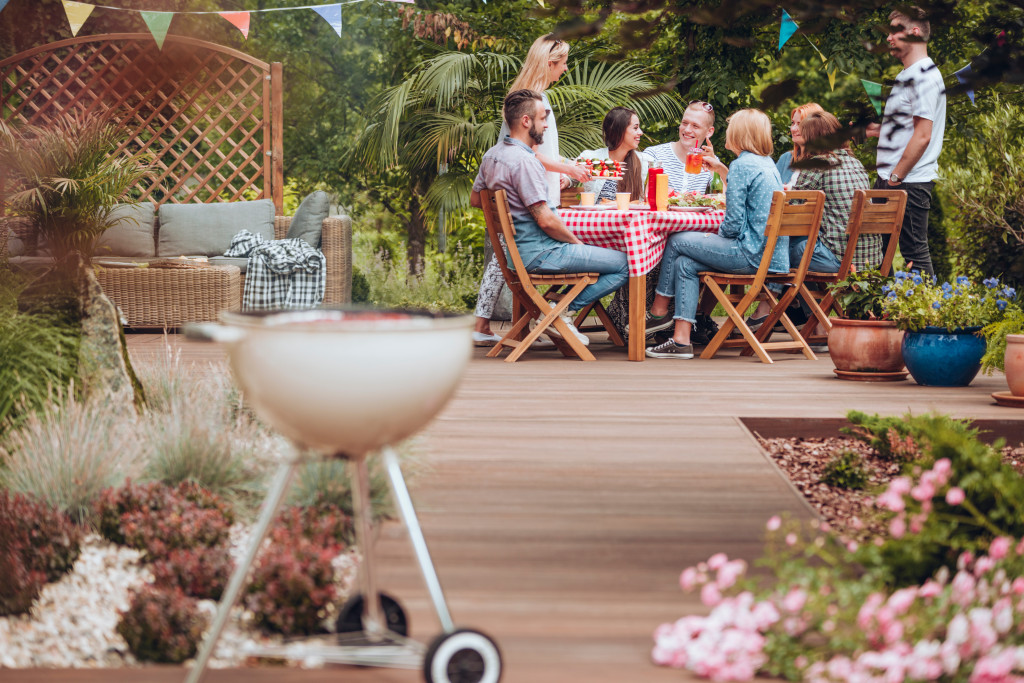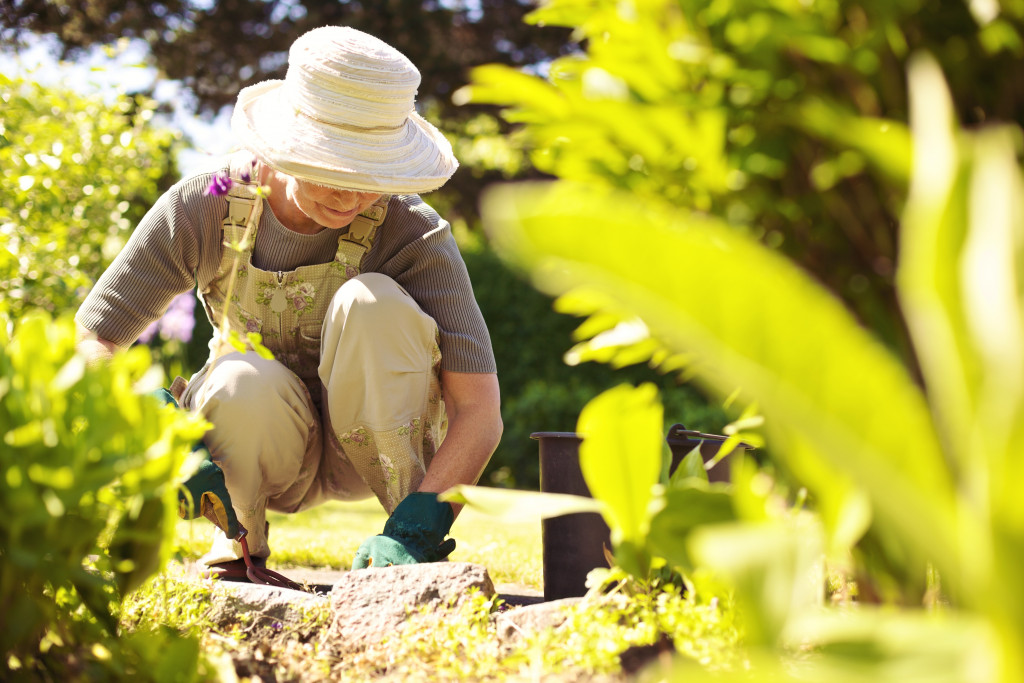- Gardening in your backyard promotes physical activity, reduces stress, and provides access to fresh, organic produce.
- Identifying and addressing potential hazards, like stagnant water and toxic plants, ensures safety and health.
- Creating a relaxing space in your backyard fosters stress reduction and improves mental health.
- Your backyard contributes to a healthy home environment, promoting well-being and healthier lifestyles.
A healthy home environment contributes significantly to the well-being of its inhabitants. According to a report by the Environmental Protection Agency, people spend nearly 90% of their time inside their homes. This simple statistic underscores the importance of maintaining a healthy home environment. Living in a healthy home can reduce the risk of chronic diseases, alleviate stress, and improve overall mental health. The World Health Organization has reported that improving housing conditions can save as many as 1.5 million lives yearly due to better indoor air quality alone. So, investing in a healthy home is not just a lifestyle choice but a practical step towards a healthier life.
One of the areas that often gets overlooked in the pursuit of a healthy home is the backyard. Many homeowners focus on creating a clean and safe indoor environment but neglect their outdoor space. However, the backyard can play a significant role in promoting health and well-being. Here are a few things you can do with your backyard to create a healthy home.
Learn Basic Gardening

Gardening is not only a productive way to utilize your backyard, but it also contributes to a healthier living environment. Gardening promotes physical activity, reduces stress, and provides access to fresh, organic produce. Cultivating your fruits and vegetables means you have control over what goes into your food, minimizing the intake of harmful chemicals and pesticides. Moreover, plants improve air quality by absorbing carbon dioxide and releasing oxygen.
Choose Your Plants
Start by deciding what plants you want to grow in your garden. Consider factors like your local climate, soil type, and the sunlight your backyard receives. Some plants require more care and maintenance, so choose plants suitable for your gardening experience.
Prepare the Soil
Preparing the soil is crucial to the health and success of your garden. Begin by clearing the area of debris and weeds. Test your soil to determine its nutrient and pH levels, which will help you understand what types of plants it can support and whether you need to add any soil amendments.
Plant Your Seeds or Seedlings
After preparing the soil, you can start planting. Follow the specific planting instructions for each type of plant, especially regarding planting depth and spacing. Water the plants thoroughly after planting them.
Seek Professional Help
If you are new to gardening or don’t have the time to maintain a garden, consider seeking help from a professional arborist. An arborist is an expert in cultivating and caring for trees, plants, and gardens. They can help you design and maintain your backyard garden, ensuring it thrives and contributes to a healthy home environment.
Identify Potential Hazards
Identifying potential hazards is critical in making your backyard a healthier and safer environment. Many common outdoor elements can pose risks if they are not correctly addressed. For instance, stagnant water can become a breeding ground for mosquitoes, increasing disease-transmitting insects.
Certain plants can also be toxic if ingested or touched, posing threats to children or pets. Garden tools left unattended can become dangerous obstacles, and untreated wooden structures can be prone to rot, creating a risk of injury. Identifying these hazards allows homeowners to mitigate risks and ensure the backyard remains safe and inviting. Regular inspections and prompt attention to potential hazards can prevent accidents, making the backyard a more enjoyable and healthy extension of your home.
Removing those hazards doesn’t have to be a daunting task. Simple steps like covering ponds or pools when not in use, properly disposing of garden tools, and replacing rotten structures can go a long way in creating a safe backyard.
Create a Relaxing Space

Creating a relaxing space in your backyard can significantly influence your desire to spend time there, thereby reaping the health benefits of the outdoor environment. This can be a quiet corner with comfortable seating, a hammock between two trees, or an entire patio area designed for relaxation. A relaxing outdoor space allows you to connect with nature, reducing stress levels and improving mental health. It can be a place to unwind, read a book, meditate, or even engage in yoga.
A well-designed relaxing space can also serve as a communal area for family and friends, promoting social interactions crucial for emotional health. Besides, the more comfortable and inviting your backyard is, the more likely you are to spend time gardening or exercising there. So, investing in creating a relaxing space in your backyard is not just about aesthetics but also about fostering a healthier lifestyle.
Final Thoughts
Your backyard is not just an extension of your home but has the potential to contribute significantly to a healthy living environment. You can transform your backyard into a healthy haven by learning basic gardening, identifying potential hazards, and creating a relaxing space. So, don’t forget about your backyard next time you think about creating a healthier home! With some effort and creativity, you can turn it into a space that promotes well-being for you and your loved ones.







